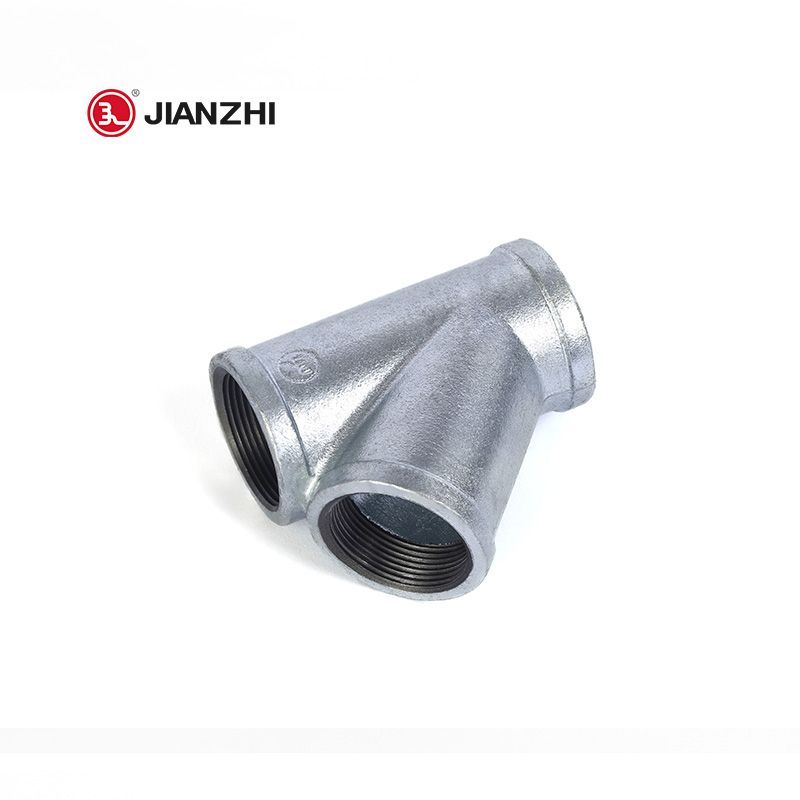Pipe fittings are threaded together to connect pipes and help you configure your piping system, pipe fittings are threaded fittings with different shapes to form different pipe configurations. Pipe fittings include tees, elbows, Y-fittings, couplings and reducers. The role of pipe fittings in a water supply and drainage system is to connect multiple pipes of the same or different sizes in order to change direction, change size and branch joints. Various fittings play different roles depending on the shape or process requirements. They are made of different materials, commonly copper, iron, brass, PVC, etc. There are many different types of fittings used in piping systems, depending on their use and function.
Types of pipe fittings
Pipe fittings are as numerous and confusing as choosing the right screw or nail for a construction project, and there can be as many types as there are fittings, for example, including tees, elbows, Y-fittings, couplings and reducers. The materials vary and the specific purpose, although precise, can seem daunting.
Obviously, fittings are attached to the end of a pipe and can change direction, control flow and alter the diameter of the pipe. As an important part of your piping and plumbing system, we definitely recommend that you consult us for your requirements to save yourself time, money, materials and hassle.
Types of pipe fittings and their uses.
Elbows: are used to change the angle or direction of a pipe. The most common are 90 degree and 45 degree turns. The scan of the fitting describes the speed of the transition or change of direction.
Street Elbows: fittings with a male thread on one end and a female thread on the other. These are common in galvanised steel and copper pipes. They are convenient because they do not require a nipple and work well in tight spaces.
T-shaped fittings: shaped like the letter T. Allows for branching.
Fittings: for connecting two straight tubes of the same diameter.
Reducers: for connecting pipes of different diameters. Makes a gradual change in diameter.
Bushing: Used to make the diameter of the fitting smaller. They differ from reducers in that they change diameter abruptly and take up very little space.
Live Fittings: Used to connect pipes that cannot be turned or when the equipment needs to be removed for maintenance or replacement.
Adapter fittings: used to replace the end of a non-threaded pipe with a male or female thread as required. Most commonly used for copper and plastic pipe work.
Caps: Used to close the end of dead-end pipes.
Plugs: Used to close the ends of fittings that are normally used for inspection or cleaning.
Fittings: Short pipes with threads at both ends.
Wyes: mainly used for internal access to the DWV (drain-waste-vent) system.
Valve: A device that controls the flow of liquid or gas through or out of a pipe. (compression valves, ball valves, sleeve cartridge valves, ceramic disc valves, etc.)
PVC fittings: available in many configurations, either glued (S) or threaded (T)
Brass fittings: use compression fittings. Common fittings are couplings, ELSs and tees.

We believe that after reading this article you will have a comprehensive understanding of tubing. Of course, this cannot be said to be comprehensive. If you would like to know more, you can open the following link to our website. The official website of Jianzhi Group presents a wealth of knowledge about pipe fittings. I am sure you can learn more here.
https://www.malleableiron-pipefitting.com/

Comments